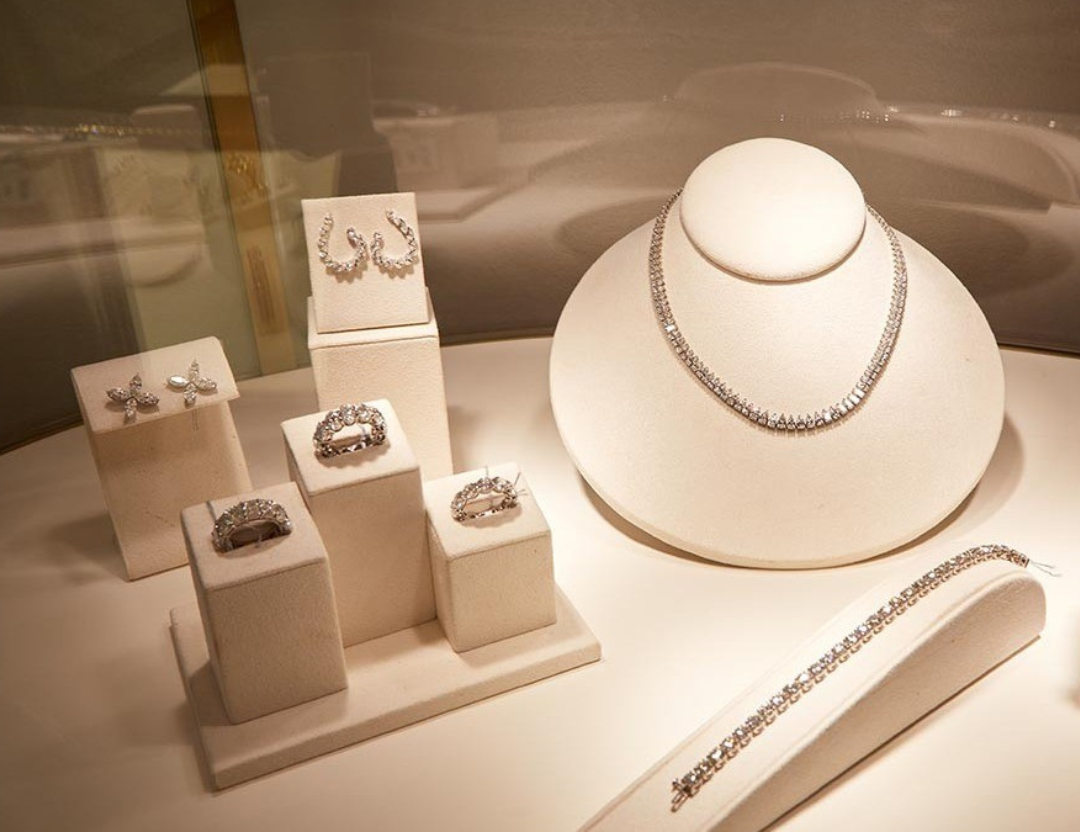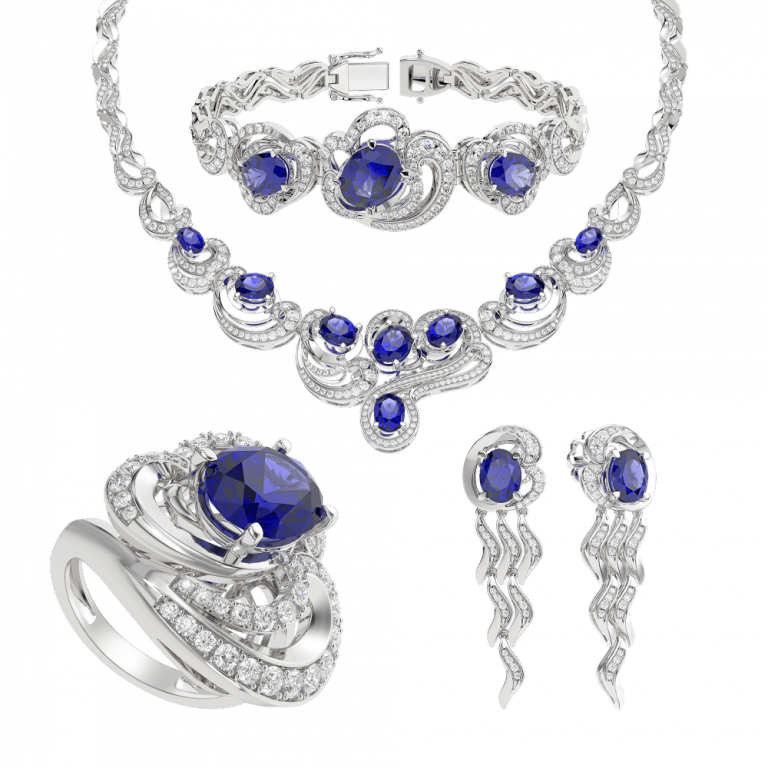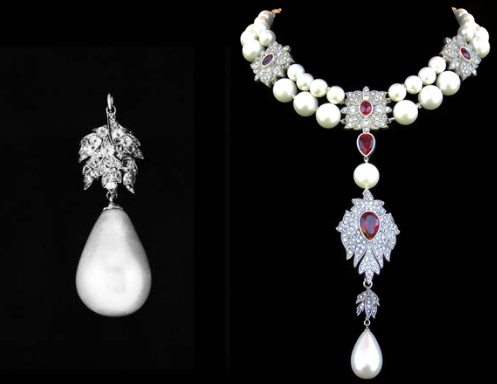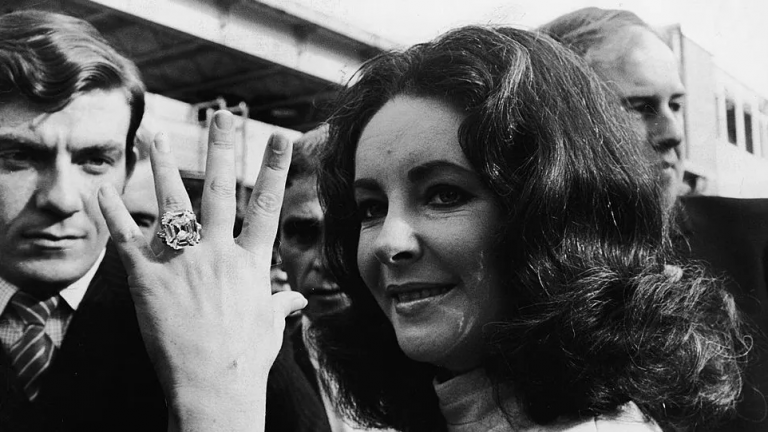News


Luxury or Smart Investment? The Truth About Buying High-End Jewelry
As you explore our carefully curated collection, what immediately draws attention is not only the exquisite craftsmanship, but the powerful investment potential embedded in each design. Luxury jewelry stands apart because it seamlessly blends timeless elegance with enduring value. This harmony is present in every detail: from the rich glow of high-karat gold and platinum to the handpicked gemstones that elevate each piece into something extraordinary. Far more than mere accessories, every creation holds a narrative deeply personal or culturally rich, yet always meaningful. This storytelling essence elevates luxury jewelry into a unique class of assets, where beauty meets lasting worth. Savvy investors see beyond the sparkle, recognizing these pieces as both emotional treasures and financially sound decisions.
Unlike more conventional investments, such as stocks or property, luxury jewelry offers both tangible and emotional returns. While traditional assets may grow in value, they rarely offer the personal connection or wearable elegance that fine jewelry provides. These pieces are more than adornments; they’re portable legacies, fragments of history and artistry that you can carry close.
What makes luxury jewelry particularly compelling as an investment is its intrinsic material worth and timeless design. Precious metals, rare gemstones, and the prestige of limited-edition artistry often ensure these pieces outpace inflation and remain in demand. For collectors and investors alike, owning high-end jewelry is more than a statement of taste but it’s a smart acquisition of a physical asset rooted in heritage and creative excellence.
Why Is Luxury Jewelry a Good Investment
In a world ruled by numbers, charts, and market forecasts, traditional investments often feel impersonal. Stocks fluctuate. Real estate demands upkeep and navigates constant market shifts. But what if your investment could be more than just numbers on a screen? What if it could be admired, worn, and eventually passed on as part of your legacy?
Luxury jewelry offers that rare blend of a harmonious mix of value, sentiment, and artistry.
It’s not just about the brilliance of diamonds or the luster of gold. Luxury jewelry holds substance. Each piece carries a quiet narrative, a reflection of milestones, identity, and emotional depth that conventional financial assets rarely provide. While you can’t wear your mutual funds to a family gathering or anniversary dinner, a thoughtfully chosen ring or heirloom pendant does more than compliment your look, it speaks to who you are, what you value, and your ability to recognize timeless beauty as a form of enduring worth.

Unlike other forms of investment, luxury jewelry blends intrinsic material value with emotional resonance. A gold necklace passed down from a grandmother, a diamond ring marking a life milestone, or earrings chosen for a special celebration, these aren’t just ornaments. They’re memory keepers.
While a share certificate or a bond may bring future financial return, they don’t evoke feelings. Jewelry does. It becomes part of your personal journey, a physical symbol of cherished moments. And because of this, it carries a kind of value that transcends market value rooted in sentiment, culture, and self-expression.
Appreciating Assets: What Makes Jewelry Grow in Value
Luxury jewelry can appreciate in value over time, especially when certain criteria are met. Here are key factors that contribute to long-term worth.
1. Material Rarity
Gold and Platinum: These metals have historically maintained and increased in value. As inflation rises, they often act as a hedge.
Diamonds: Especially those with rare cuts, exceptional clarity, or colored variations (pink, blue, yellow).
Gemstones: High-quality rubies, sapphires, emeralds, and even lesser-known stones like alexandrite and spinel are rising in popularity and value.
2. Craftsmanship and Design
Jewelry designed by master artisans or renowned houses is often appreciated due to their timeless appeal, brand prestige, and limited production.
3. Provenance and History
A piece that was once owned by royalty, featured in a famous film, or tied to a historic event carries significant added value. Jewelry becomes not just a physical object, but a cultural artifact.
4. Condition and Documentation
Pieces in pristine condition, accompanied by original boxes, certificates, or designer markings, hold more investment potential. The more verifiable the history, the more attractive it becomes to collectors and investors.
How to Buy Jewelry Smartly Without Losing Value
While jewelry can be a rewarding investment, it’s important to approach purchases with both heart and mind.
1. Buy What You Love, But Think Long-Term
Choose pieces that you would wear and cherish, but also consider their future marketability. A classic diamond solitaire or a signature heritage piece is more likely to hold its value than a trend-driven design.
2. Look for Rarity and Resale Potential
Limited editions, one-of-a-kind pieces, or those featuring rare stones often have stronger resale value. Vintage and antique jewelry, especially with historical significance, are increasingly sought after.
3. Buy From Reputable Sources
When investing in luxury jewelry, where you buy matters just as much as what you buy. Always choose trusted jewelers, certified dealers, or reputable auction houses that provide full transparency and documentation. This includes gemstone certificates (such as GIA for diamonds), appraisals, and clear details on metal purity and origin.
For those seeking a reliable source with both craftsmanship and credibility, PNJP is a standout option. With decades of expertise in jewelry manufacturing and international standards in quality assurance, PNJP offers not just exquisite pieces but also the peace of mind that your investment is authentic, traceable, and built to last.
A Real-World Story:
When Jewelry Transcends Time and Doubles in Worth
One famous example is the Elizabeth Taylor Collection, auctioned by Christie’s in 2011. Her jewelry particularly the La Peregrina Pearl necklace and The Elizabeth Taylor Diamond. fetched record-breaking prices. Not only were these pieces exceptional in material and design, but their connection to the iconic actress made them priceless in the eyes of collectors.

La Peregrina Pearl necklace // Image: Internet
For instance, The Elizabeth Taylor Diamond, a 33.19-carat Asscher-cut stone, sold for over $8.8 million, nearly doubling its estimated value. What started as a romantic gift became an investment masterpiece, living proof that jewelry can carry both personal and financial legacy.

The Elizabeth Taylor Diamond // Image: Internet
In Closing
Luxury jewelry is not just about adornment, it’s about anchoring your wealth in something tangible, meaningful, and beautiful. It’s an investment that doesn’t sit in a vault; it walks with you, shines through your milestones, and speaks louder than numbers ever could.
So, the next time you’re considering where to place your money, perhaps let it sparkle.


